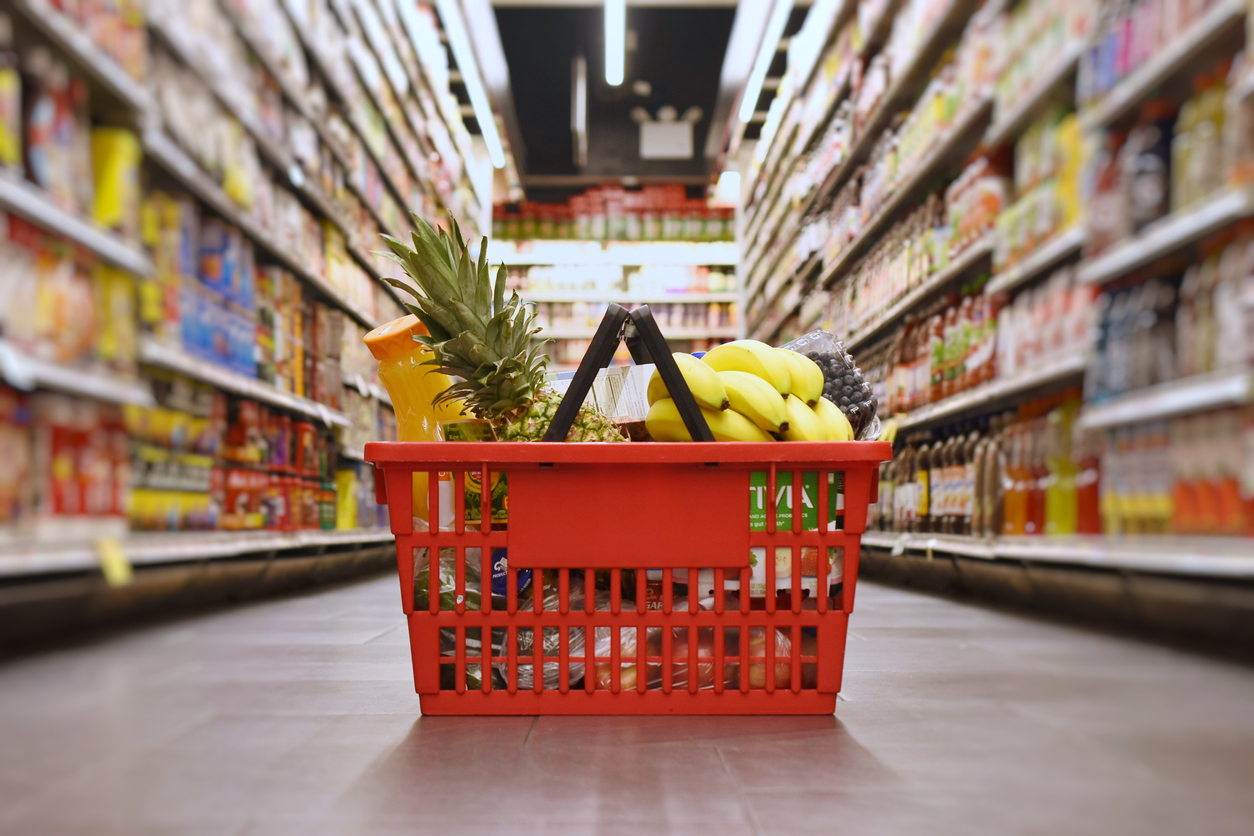We have all seen food prices rise sharply over the past two years, but there is evidence to suggest that we have seen the worst of the escalating food costs.
Many factors have caused food prices to spiral upwards since 2022, including issues over the global supply chain since the Covid-19 pandemic, and the Russian invasion of Ukraine that placed huge pressure on energy prices that led to huge knock-on effects for the cost of food.
Labour costs have also increased to cope with sky-high inflation, and the after effects of Brexit via areas such as an increased paperwork load are thought to have created higher costs for food retailers and producers alike.
British Retail Consortium finds March fall in food inflation
Figures complied by the British Retail Consortium (BRC) showed that there is room for optimism for consumers, as food inflation fell to 3.7% in March from 5% during February.
This is also below the three month average of a 4.8% increase in food prices from the BRC‘s own data, and the drop in food prices for March was the tenth successive decline in food prices.
In the BRC’s food category inflation is now the lowest it has been since April 2022, when food bills started to soar.
Falling prices in foods such as chocolate, jam and sugar have helped to slowdown the rises in food prices, according the BRC’s chief executive Helen Dickinson.
This is despite high global cocoa, dairy and sugar prices, as retailers have rallied to give consumers some “cracking deals” Dickinson said.
Supermarket competition has been the driving force behind falling prices consumer research group Nielsen IQ found, as they increased the amount of shoppers at their stores with discount deals and promotional offers for Easter and for Mother’s Day.
Official Figures also revealed food price rise cooling
Data from the Office of National Statistics (ONS) also said that there has been an easing of rising food cost inflation.
The prices of food and non-alcoholic beverages rose by 7% in the year to January, and this was an easing compared to the 8% food inflation that was found in the 12 months to December.
This matched what the BRC found in that it was the lowest food inflation that has been recorded since April two years ago.
Bread and cereals were the main drivers for the fall of annual prices in January, which fell by 1.3% on the month, and this was the biggest drop in prices in this category since May 2021.
These recent figures are far better than the peak of 19.2% food inflation for March last year, this was the highest rate ever seen for over 45 years in what was a shocking development
Yet despite the better news over recent months on food prices, overall the rise of food and non-alcoholic beverages rose by around 25% between January 2022 and January this year, again highlighting just how damaging the rise in food costs have been.
A survey carried out by the ONS in January revealed that 40% of adults across Britain said that they spend more on what they would usually buy when food shopping.
It was also found that four in ten consumers were buying less food than before, as the prices have mounted up.
For those of you who still like to go out to restaurants and cafes, there was a similar pattern and prices rose by 8.2% for the year to January compared to 7.7% in the year to December.
So how will food prices go for this year?
Most analysts expect that inflation overall will continue to fall from its current level of 3.4%, with the Bank of England stating that inflation could fall below its 2% target in spring before rising again.
Tesco have announced that price pressures on grocers have eased which has allowed prices of food to decrease. Their pre-tax profits hit £2.3bn this year with their sales rising by 4.4%, reaching £68.2bn in the year ending February 2024.
Tesco was able to make price drops on more than 4000 products by the end of the year with the average price cut at about 12%.
On the whole it’s a good indication that food price inflation should continue to drop.
One prediction from the Institute of Grocery Distribution (IGD) said that food inflation will average from 1.9% to 3.9% over the course of this year.
While by this Christmas food inflation the IGD said will be around the 0.3% to 2.3% mark, and the organisation has a well earned reputation for being accurate over the direction of food prices.
This means that prices will still be increasing, but at a slower pace than what has been found by the ONS in the years to both January and December.
It’s a welcome trend that will be a relief to many after the ever spiralling rises of the past two years.










